BioCel VXL filters offer 99.99% average efficiency on 1.0 to 5.0 micron-sized particles, which encompasses the size of most bacteria and potentially virus-carrying particles.


Virus-free environments are vital to operations that prioritize the health of animals and people. The challenges livestock producers face are many — including disease outbreaks that can have widespread consequences. AAF designs indoor air filtration solutions to reduce odors, help protect health and productivity and allow compliance with environmental regulations. Our comprehensive experience and advanced technical capabilities have made AAF a preferred partner for maintaining a healthy herd or flock and a profitable operation.
Download our industry guide to learn how AAF’s advanced air filtration solutions can help you safeguard your livestock, optimize performance, and stay resilient against airborne threats.
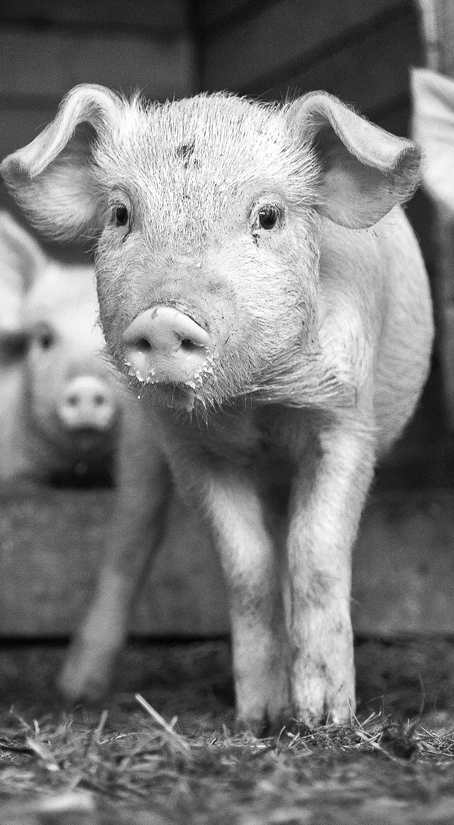
BioCel VXL filters offer 99.99% average efficiency on 1.0 to 5.0 micron-sized particles, which encompasses the size of most bacteria and potentially virus-carrying particles.
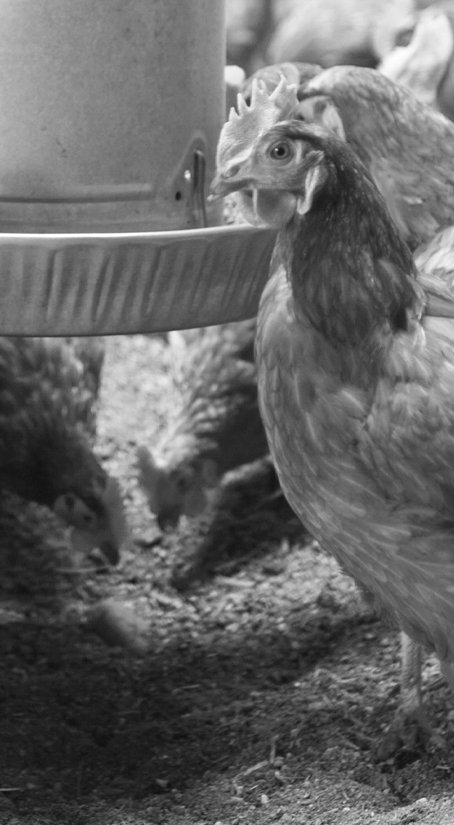
The FASeal stainless steel grid holds a variety of filters with no need for separate clips, so filter installation is easy.
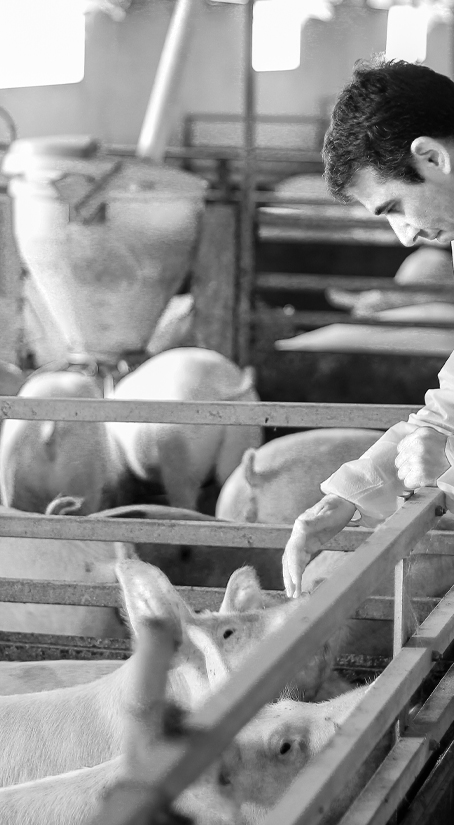
Sensor360 gives facility managers a clear picture of filtration operation and helps optimize filter changeouts.
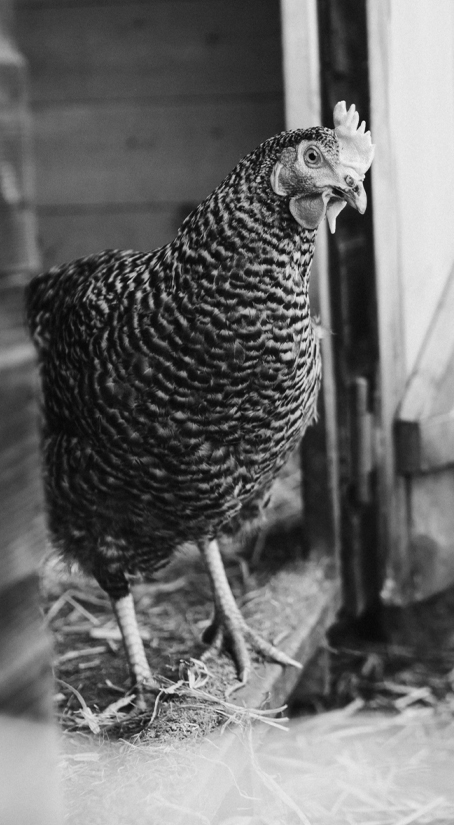
VariCel VXL filters have a dual-density design to allow particles to be collected throughout the entire depth of the filter media.
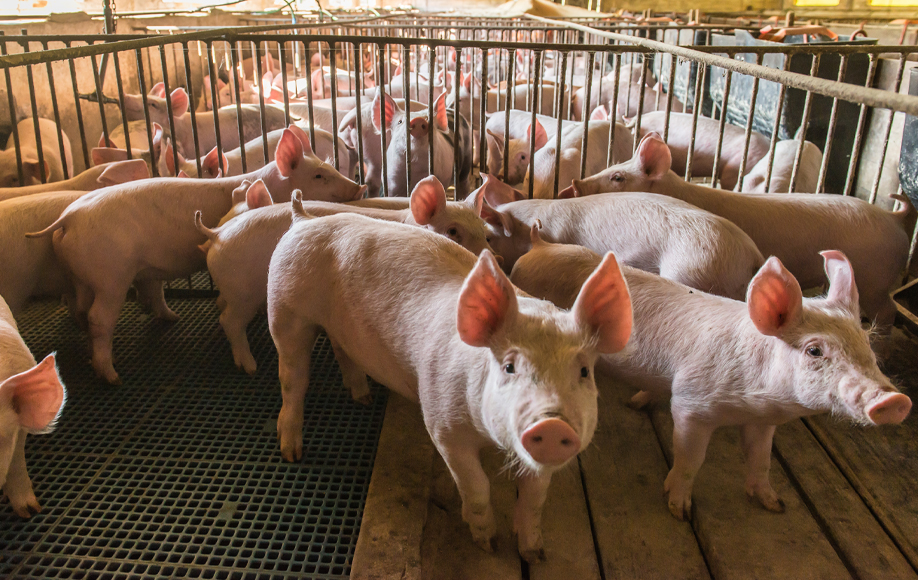
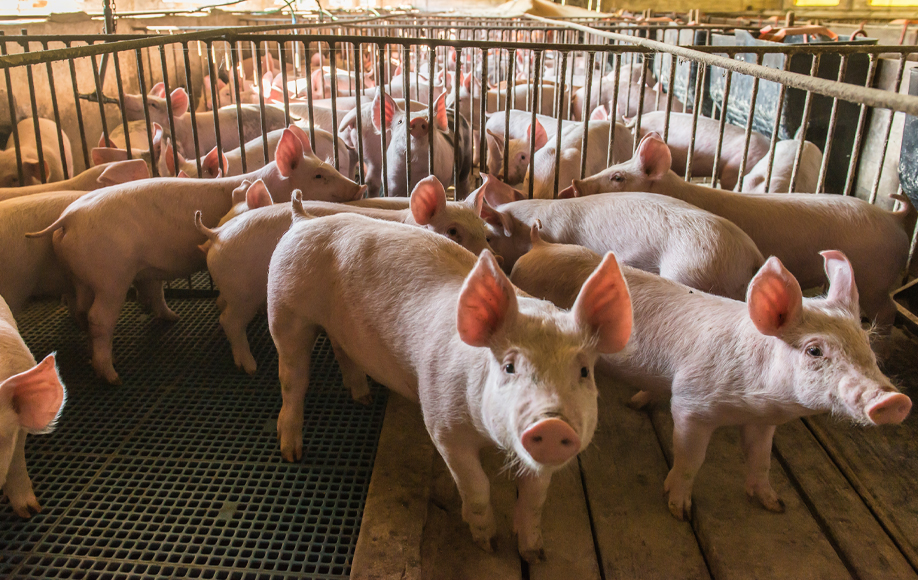
Airborne pathogens are a major concern for livestock producers. An advanced air filtration solution is necessary to help stop the dangerous and costly spread of PRRSV through swine farms and HPAI across poultry farms. For critical environments like these, AAF’s BioCel VXL filters provide near-HEPA filtration with a lower pressure drop than traditional filters for high efficiency. AAF also offers the VariCel VXL V-bank filter to perform under difficult operating conditions. The FASeal stainless steel grid holds many types and combinations of filters and won’t rust.
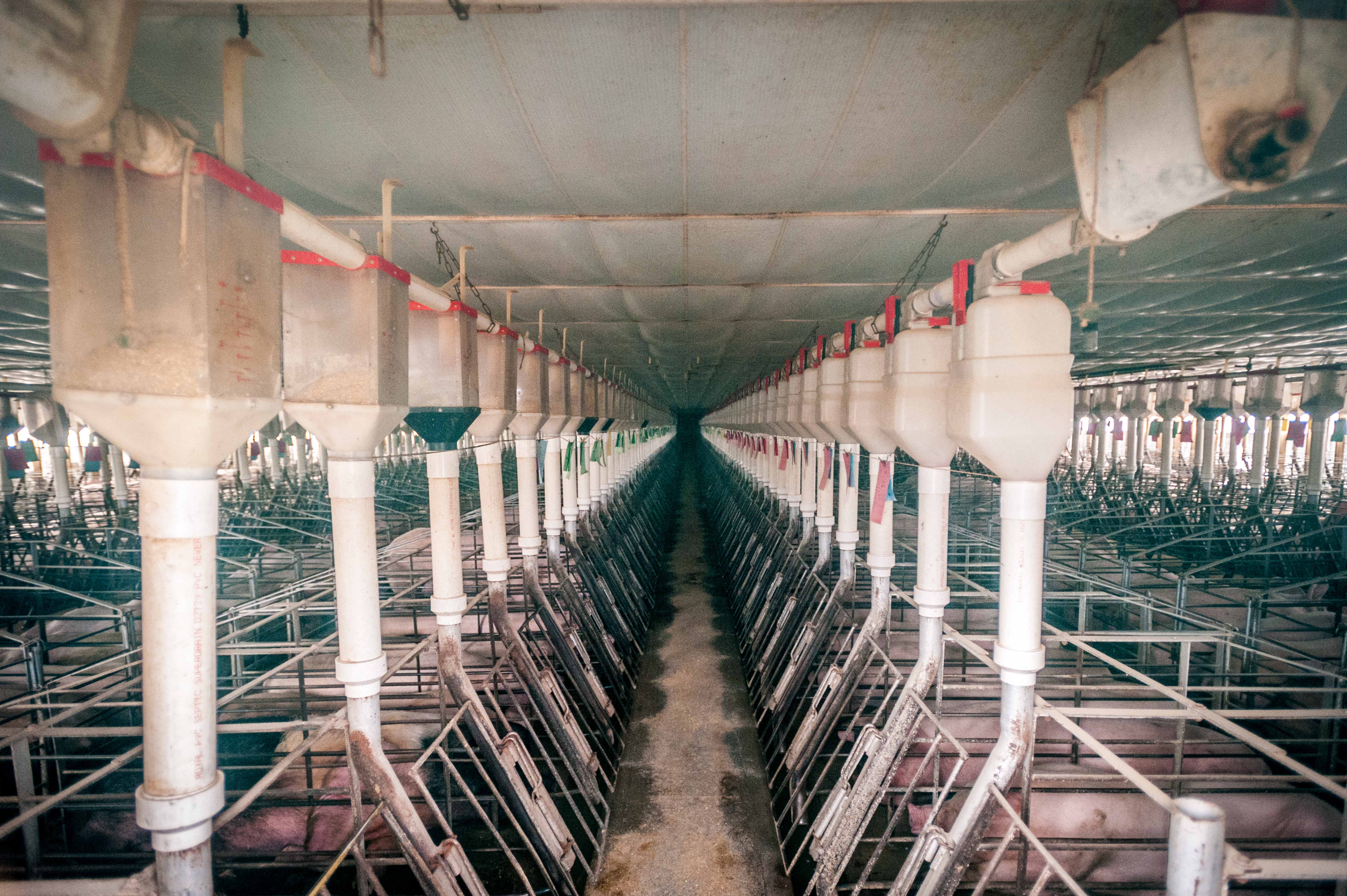
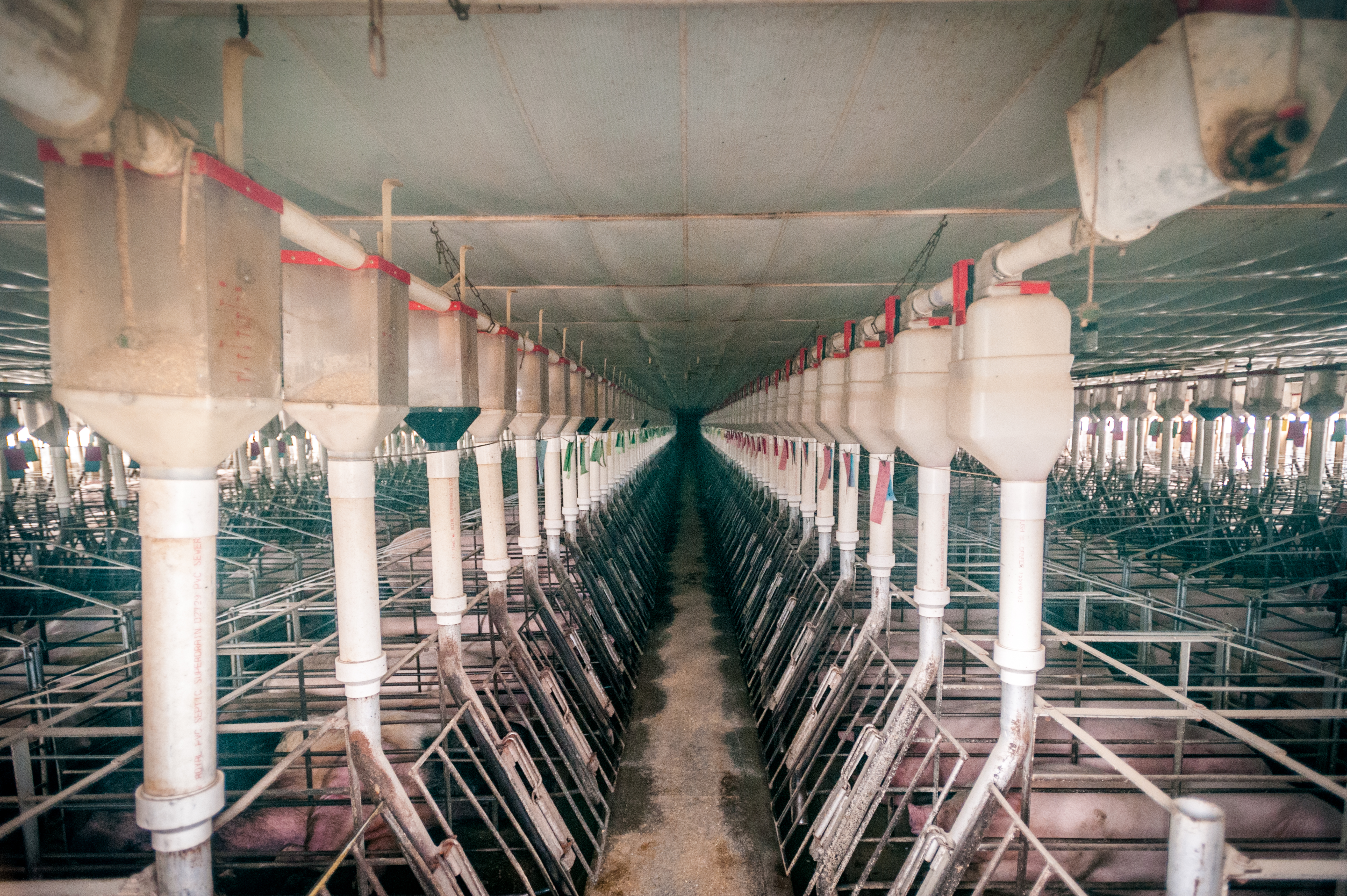
Facility managers need easy-to-use technology to take control of indoor air filtration. AAF’s Sensor360 monitoring and facility management tool allows them to optimize maintenance and performance. The innovative system monitors particulate levels to demonstrate filtration effectiveness. It also allows facility managers to determine the optimal time to change filters for best value and energy efficiency.
Learn how AAF can make a difference.